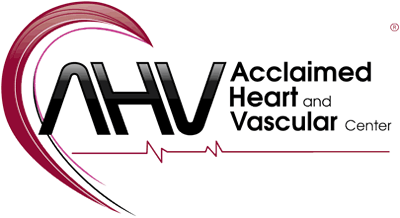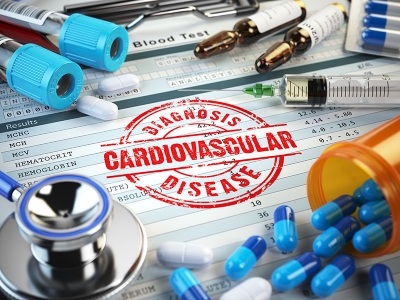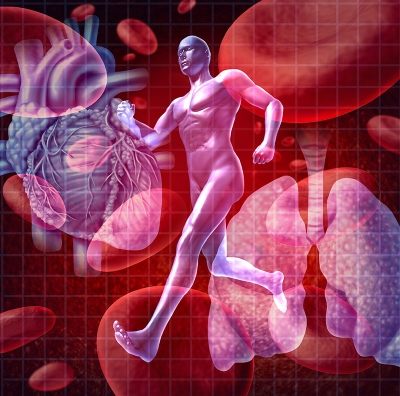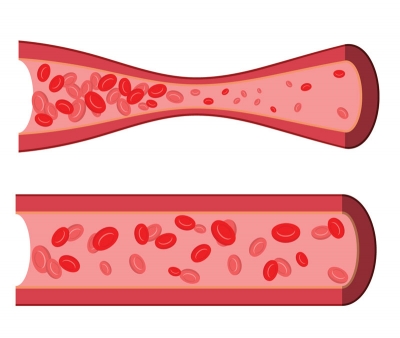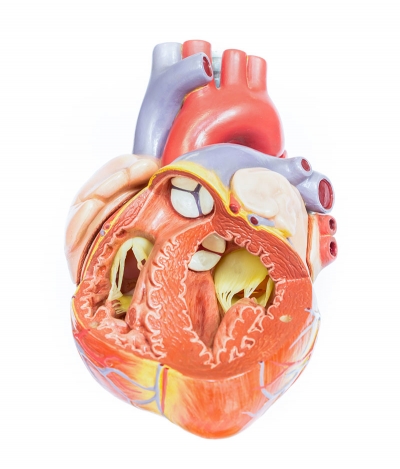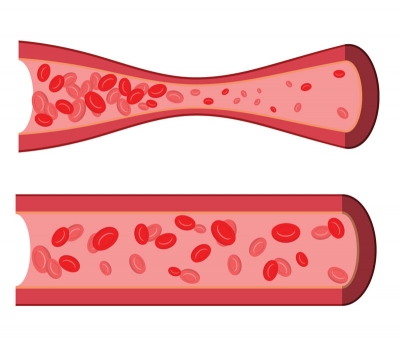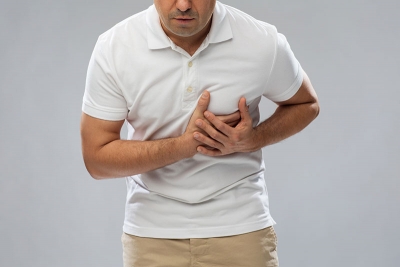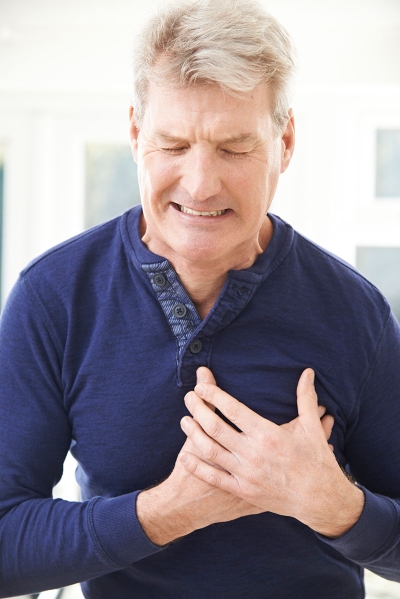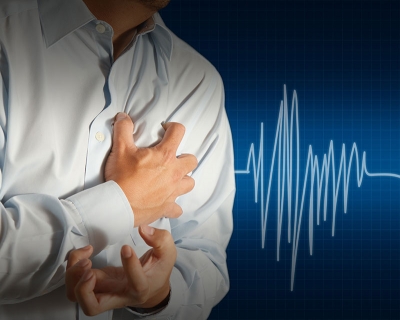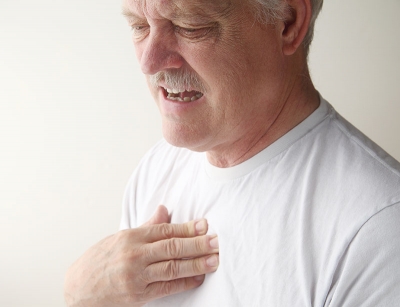Heart Disease
Heart disease, also called Heart and blood vessel disease, describes a range of conditions that affect your heart. There are many diseases that are categorized as heart disease, including coronary artery disease, arrhythmias (heart rhythm problems, and congenital heart defects (heart defects you are born with), among many others.
According to the World Health Organization and the CDC, Heart Disease is the leading cause of death in the US, UK, Canada and Australia1. Currently, 26.6 million US adults (11.3% of the adult population) is diagnosed with Heart Disease. 23.5% of all deaths in the US today are caused by heart disease2.
Edema is swelling caused by excess fluid trapped in your body's tissues. Edema occurs when tiny blood vessels in your body (capillaries) leak fluid. The fluid builds up in surrounding tissues, leading to swelling. Although edema can affect any part of your body, it's most commonly noticed in the hands, arms, feet, ankles and legs.
Edema may be generalized or local. It can appear suddenly, but usually develops subtly - the patient may first gain weight, or wake up with puffy eyes.
Mitral valve stenosis, also known as mitral stenosis, is when the mitral valve opening is narrowed. This means that not enough blood can flow through it. Consequently, the volume of blood bringing oxygen from the lungs is reduced, which can make you feel tired and short of breath. The volume and pressure from blood remaining in the left atrium increases which then causes the left atrium to enlarge and fluid to build up in the lungs.
Endocarditis, or infective endocarditis, is inflammation of your heart’s inner lining, called the endocardium. It usually occurs when bacteria or other germs from another part of your body, such as your mouth, spread through your bloodstream and attach to damaged areas in your heart. Left untreated, endocarditis can damage or destroy your heart valves and can lead to life-threatening complications.
Endocarditis is uncommon in people with healthy hearts. This infection can damage your heart and needs to be treated right away. If it isn't treated, endocarditis can be deadly.
Variant Angina, or Prinzmetal Angina, is discomfort occurring mainly during rest, often at night, and only rarely and inconsistently during exertion. Attacks tend to occur regularly at certain times of day.
Tachycardia refers to a fast-resting heart rate - usually at least 100 beats per minute. Tachycardia can be dangerous, depending on its underlying cause and on how hard the heart must work.
In general, the adult resting heart beats between 60 and 100 times per minute. When an individual has tachycardia, the upper and/or lower chambers of the heart beat significantly faster.
Our heart rates are controlled by electrical signals that are sent across the tissues of the heart. When the heart produces rapid electrical signals, tachycardia occurs.
When the heart beats too rapidly, it pumps less efficiently and blood flow to the rest of the body, including the heart itself, is reduced.
Sudden Cardiac Arrest (SCA) is the abrupt, unexpected loss of heart function, breathing and consciousness. SCA usually results from an electrical disturbance in your heart that disrupts its pumping action, stopping blood flow to the rest of your body.
Cardiac arrest is the abrupt loss of heart function in a person who may or may not have diagnosed heart disease. The time and mode of death are unexpected. It occurs instantly or shortly after symptoms appear.
Unstable angina is chest pain that happens suddenly and becomes worse over time. It occurs seemingly without cause. It can happen when you’re at rest or even asleep. An attack of unstable angina may lead to a heart attack. For this reason, an attack of unstable angina is an emergency and you should seek immediate medical treatment.
Unstable angina is a signal that your arteries are becoming very narrow and that you could experience a heart attack. If left untreated, unstable angina can lead to heart attack, heart failure, or arrhythmias (irregular heart rhythm). These can be life-threatening conditions.
A heart rate of less than 60 beats per minute (BPM) in adults is called bradycardia. What's too slow for you may depend on your age and physical condition.
- Physically active adults (and athletes) often have a resting heart rate slower than 60 BPM but it doesn't cause problems and is normal for them.
- Your heart rate may fall below 60 BPM during deep sleep.
- Elderly people are more prone to problems with a slow heart rate.
Atrial fibrillation, or AF or AFib, is the most common type of arrhythmia. With AFib, your heart quivers, beats too quickly, or skips beats. It can't pump blood through its chambers and out to your body as well as it should. Sometimes blood can pool in the heart and form clots, which could lead to a stroke.
During atrial fibrillation, the heart's two upper chambers (the atria) beat erratically and irregularly — out of coordination with the two lower chambers (the ventricles) of the heart.
Angina is chest pain or discomfort caused when your heart muscle doesn't get enough oxygen-rich blood. It may feel like pressure or squeezing in your chest. The discomfort also can occur in your shoulders, arms, neck, jaw, or back. Angina pain may even feel like indigestion.
But, angina is not a disease. It is a symptom of an underlying heart problem. There are several types of angina, including microvascular angina, stable angina, unstable angina and variant angina.
Depending on the type of angina you have, there are many factors that can trigger angina pain. The symptoms also vary based on the type of angina you have.
Stable angina, also called angina pectoris, is the most common type of angina. Stable angina is a predictable pattern of chest pain. You can usually track the pattern based on what you’re doing when you feel the pain in your chest. Tracking stable angina can help you manage your symptoms more easily.
